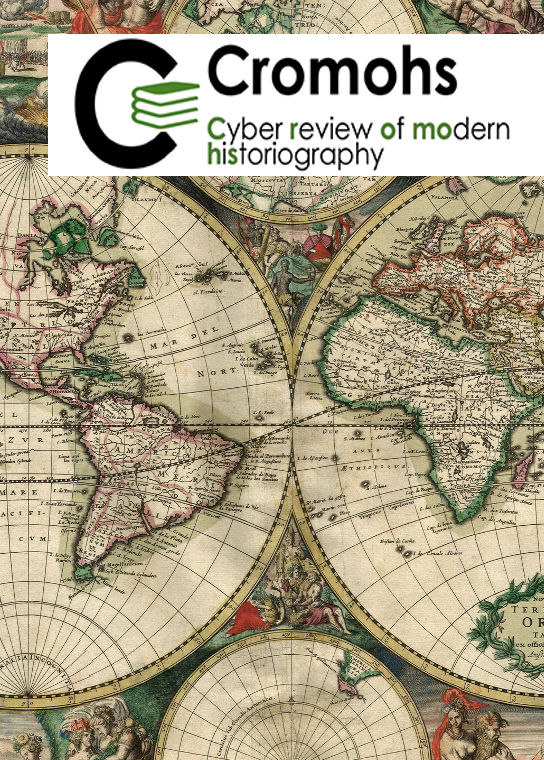Abstract
Images could be altar clothes and human bones; they were engraved in Bibles and carved on roods and church walls. What gave an image its identity was its practical and symbolic importance. Because of this, both Catholic and Protestant found themselves defending and destroying religious images, at times almost simultaneously. But, as Eamon Duffy states, 'Whether done under official pressure or not,' the destruction of such images, 'were ritual acts of deep significance.' Here, our focus has been upon radical iconoclasm. What sets these radicals apart is that they were not submissively obeying the iconoclastic officials of the government but rather intentionally contradicting the monarch's will. Though there are distinct differences in the objects destroyed and the ways of destruction, both Catholic and Protestant groups held to the idea that ritualistic and symbolic destruction was at times a necessary extension of the social order and of religious devotion. While Catholics destroyed symbols of heresy and radical Protestants destroyed idols, both even in defiance of the monarch found images they could not abide.


